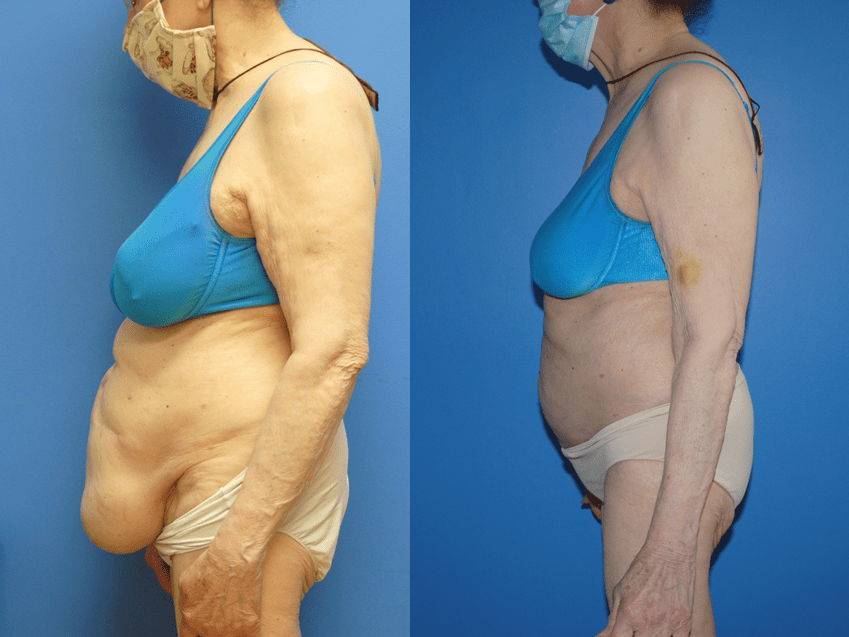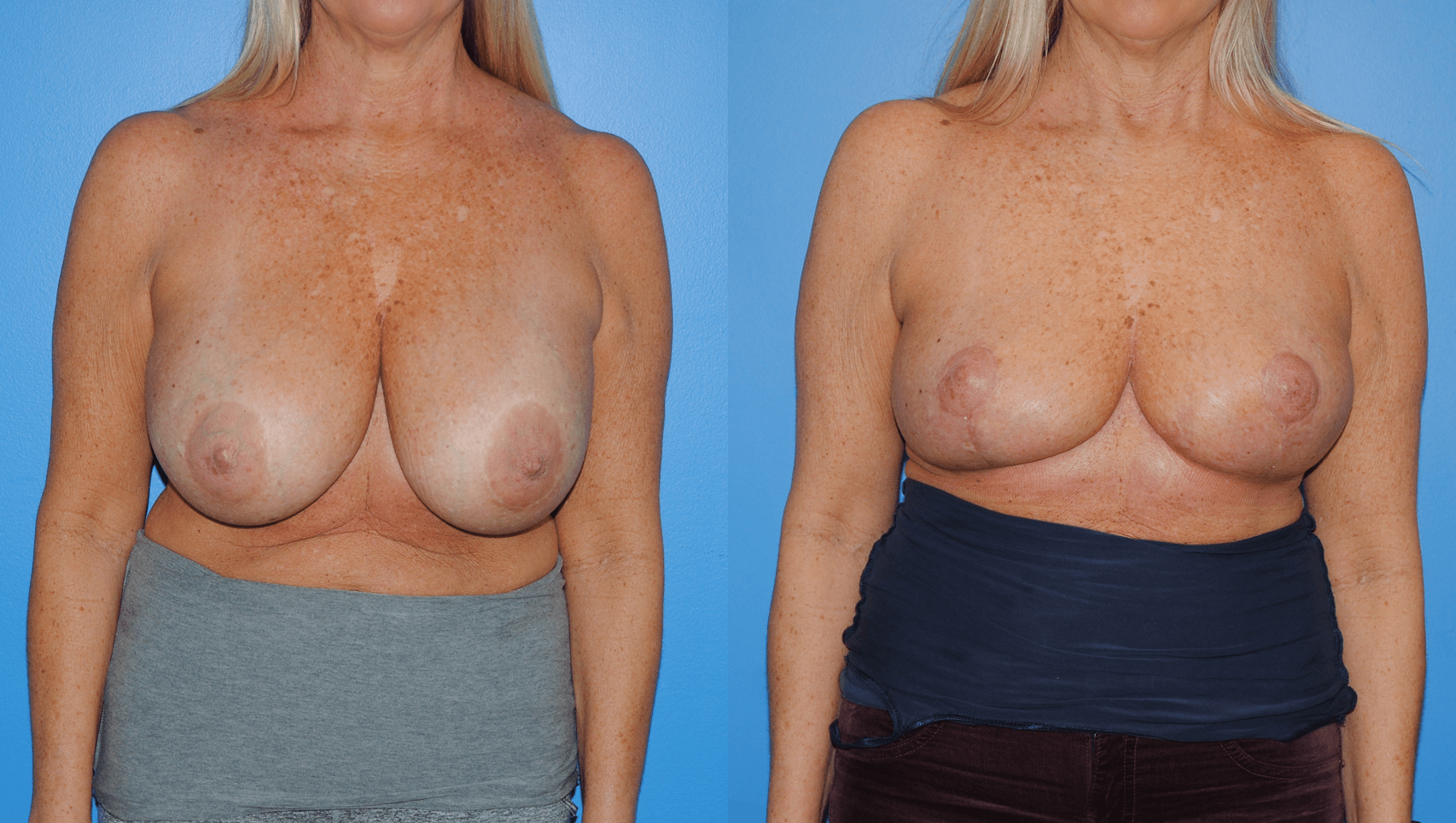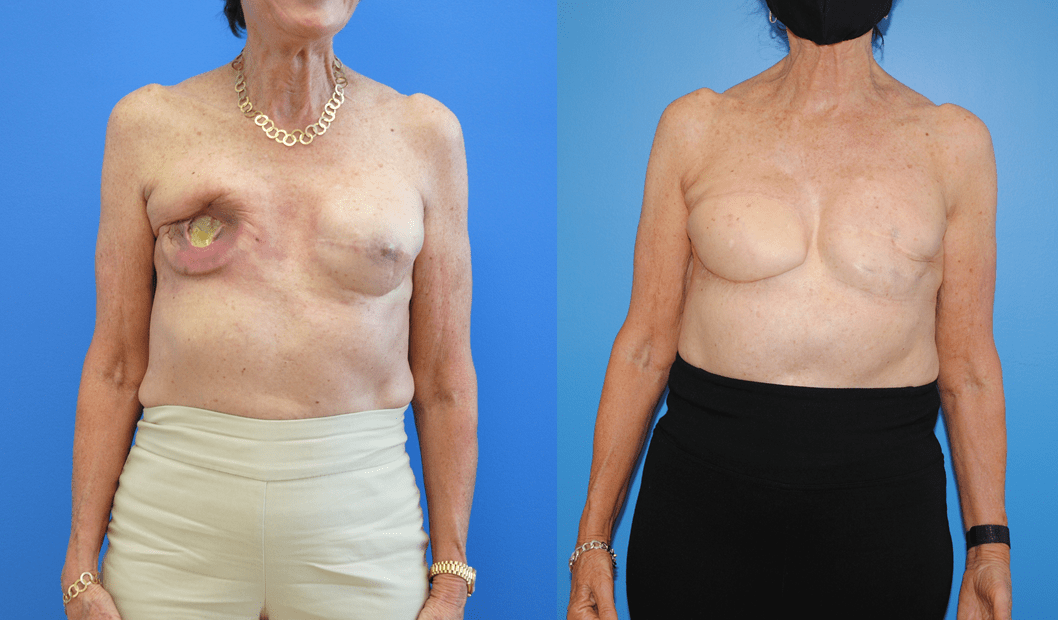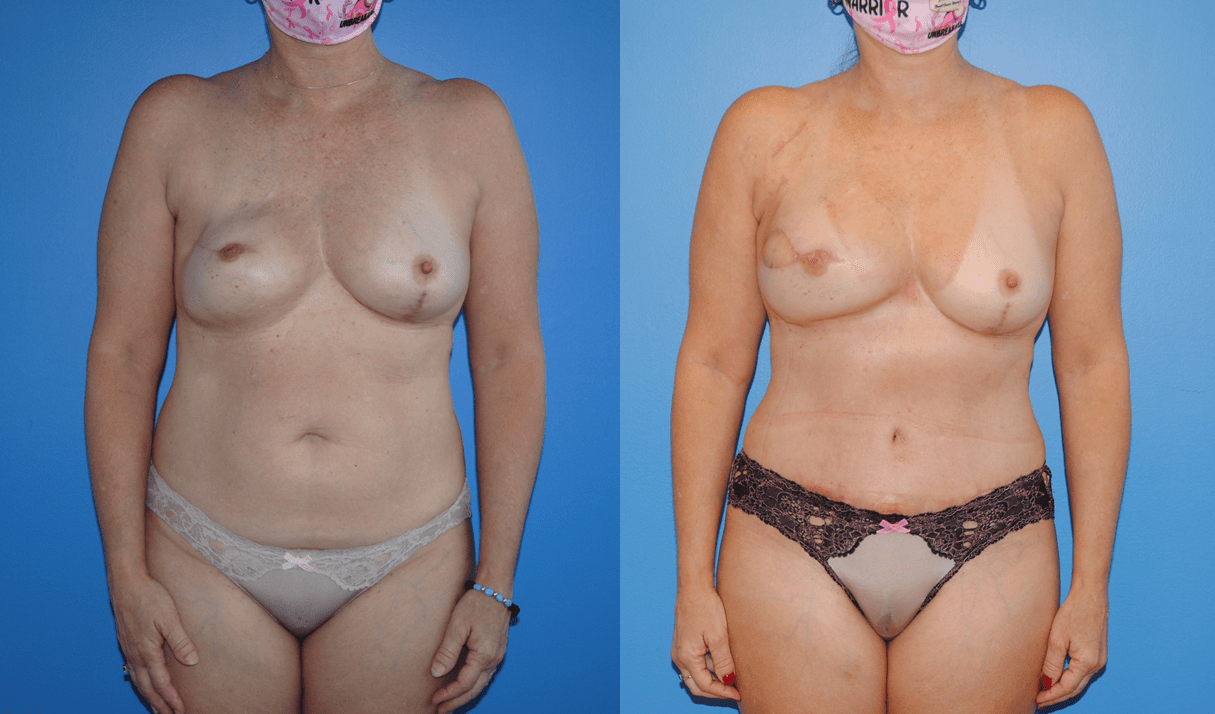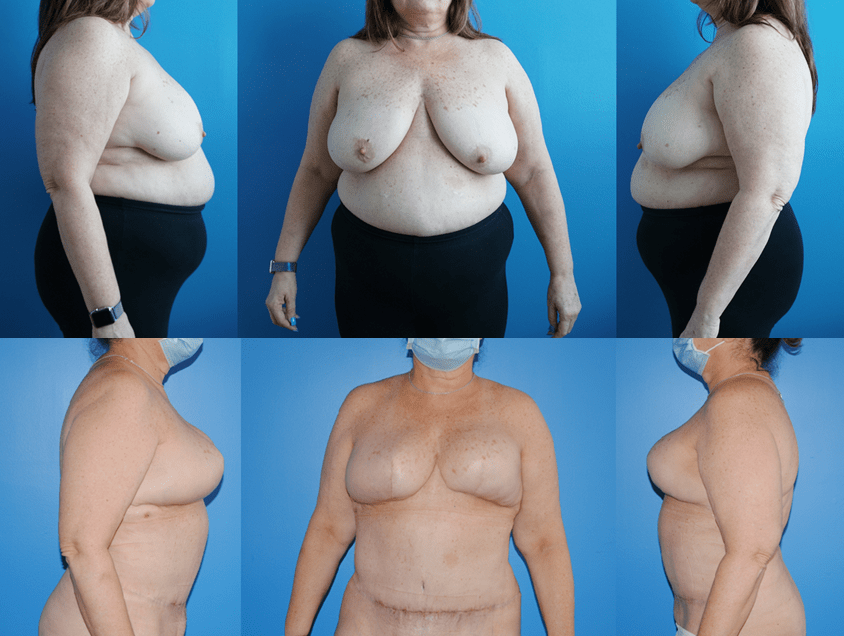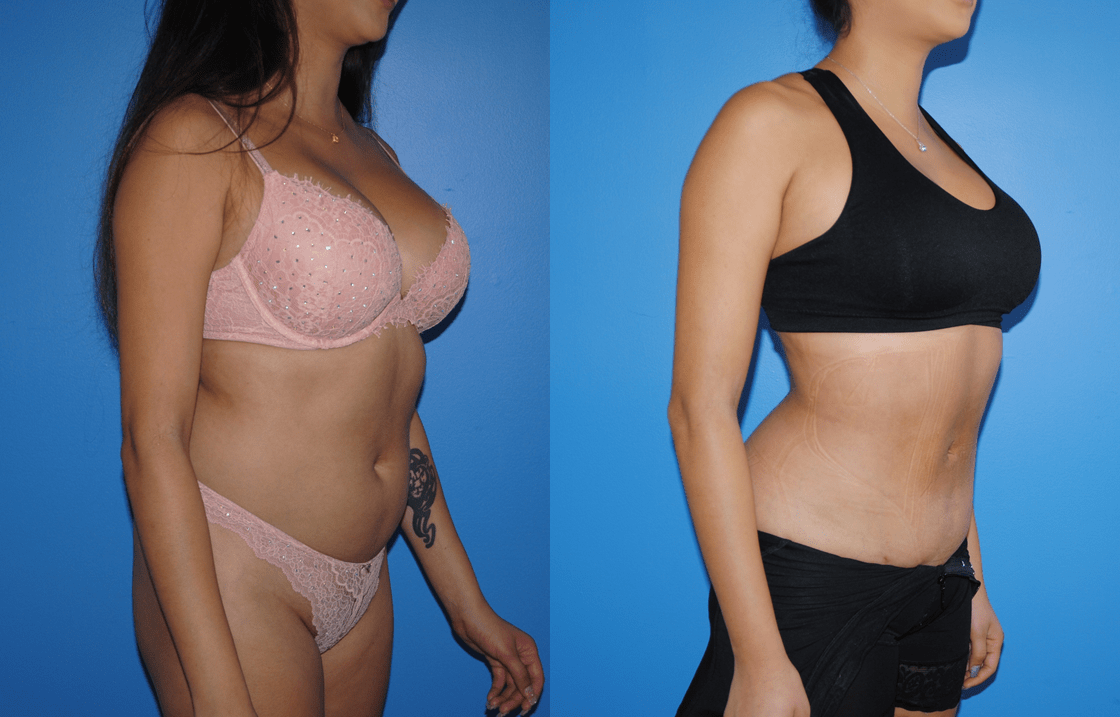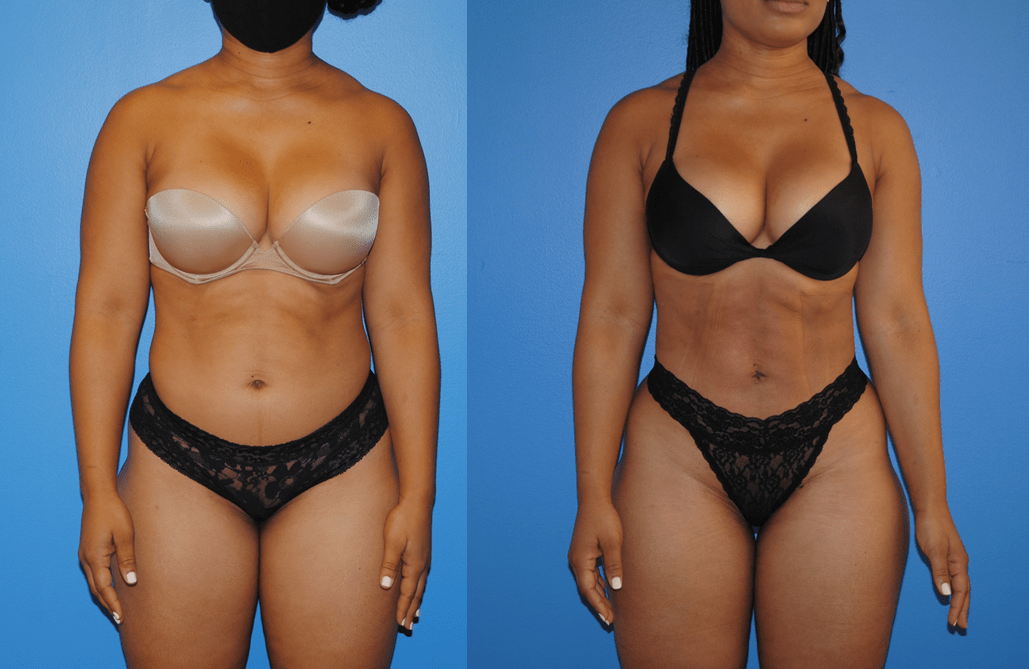Abdominal wall reconstruction and hernia repair are common procedures. Patients who have hernias from prior procedures or from genetic defects in the abdominal wall typically have high satisfaction rates with their reconstruction. Not only can the abdominal wall reconstruction improve pain associated with a hernia, it also improved the abdominal contour. After the intestines are returned to the abdominal wall,…
